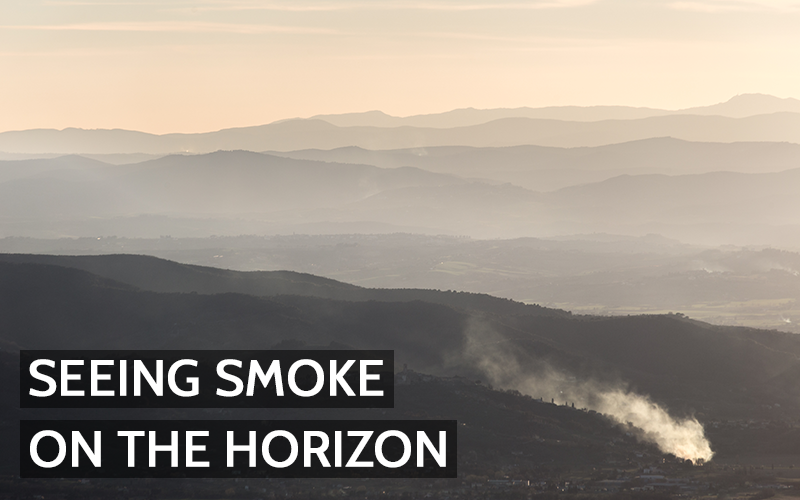Ensuring air quality is a fundamental aspect of environmental protection, and in the United States, a key component of this effort is the training program known as “smoke school.” This program is designed to equip air quality inspectors with the skills necessary to assess visible emissions from industrial sources, ensuring compliance with the Clean Air Act.
What Is Smoke School?
Smoke school refers to a specialized training regimen that certifies individuals in the visual determination of smoke opacity, as outlined in the Environmental Protection Agency’s (EPA) Method 9. Participants learn to evaluate the density of smoke plumes emitted from industrial stacks and other sources, determining the percentage of opacity—a measure of how much light is obscured by particulate emissions. This assessment is crucial for identifying violations of air quality standards.
Why Do We Use Smoke School?
The primary purpose of smoke school is to ensure that air quality inspectors can accurately and consistently assess visible emissions. Accurate opacity readings are essential for:
- Regulatory Compliance: Industries are required to adhere to specific emission limits. Trained inspectors verify compliance, helping to enforce environmental regulations.
- Public Health Protection: By monitoring and controlling emissions, inspectors help reduce pollutants that can harm human health and the environment.
- Data Integrity: Consistent training ensures that opacity readings are reliable, providing a solid foundation for regulatory actions and policy decisions.
Historical Context and Development
The inception of smoke school is closely tied to the Clean Air Act of 1970, which established a comprehensive federal program to regulate air emissions from stationary and mobile sources. To enforce these regulations, the EPA developed Method 9, a standardized procedure for visually determining the opacity of emissions. Recognizing the need for uniformity and accuracy, the EPA initiated smoke school programs to train inspectors in this method.
Over the years, smoke school has evolved to incorporate advancements in training techniques and technology. Traditional classroom lectures have been supplemented with online courses, and field certification tests have been standardized to maintain consistency across different regions. Organizations such as Eastern Technical Associates (ETA) have been instrumental in providing comprehensive Method 9 training and certification1.
Current Structure of Smoke School
A typical smoke school program consists of two main components:
- Classroom Instruction: Participants receive theoretical training on the principles of opacity measurement, the health and environmental impacts of emissions, and the regulatory framework governing air quality. This instruction can be delivered in-person or through online platforms.
- Field Certification: Trainees participate in practical sessions where they observe smoke plumes generated by a smoke generator. They practice estimating opacity percentages and must pass a certification test to demonstrate proficiency. Field certification is valid for six months, after which recertification is required2.
Future Prospects and Potential Changes
As technology advances, there is ongoing discussion about the future of smoke school and opacity measurement. Some of the considerations include:
- Technological Integration: The development of digital opacity monitoring devices offers the potential for more precise and continuous measurements. However, these technologies are still being evaluated for reliability and cost-effectiveness.
- Regulatory Updates: The EPA periodically reviews and updates its methods and training programs to incorporate scientific advancements and address emerging environmental challenges. Any significant changes to Method 9 or the smoke school program would be communicated through official EPA channels.
Despite these potential changes, the fundamental role of trained human observers in assessing visible emissions remains critical. The adaptability of smoke school programs ensures that inspectors are well-equipped to meet current and future air quality monitoring needs.
In conclusion, smoke school serves as a cornerstone in the United States’ efforts to monitor and regulate air quality. By providing rigorous training to air quality inspectors, it upholds the standards set forth in the Clean Air Act, protecting both public health and the environment.
References
- https://www.eta-is-opacity.com/
- https://www.aeromet.org/frequently-asked-questions


